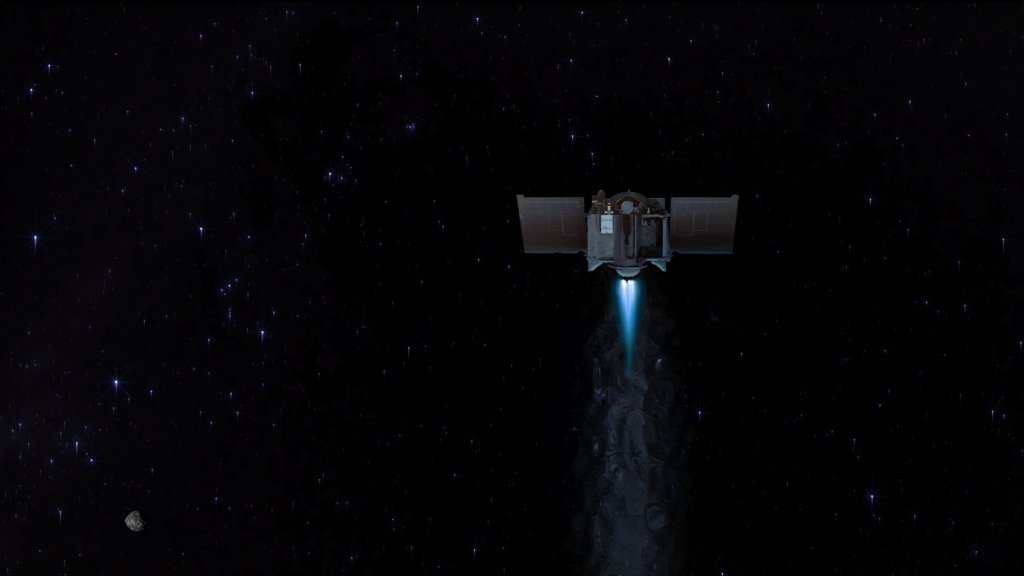NASA OSIRIS-REx mission gears up for 4.5 billion-year-old asteroid sample catch

- Country:
- United States
NASA's OSIRIS-REx spacecraft is cruising back to Earth with dust and rock samples it collected from asteroid Bennu on October 20, 2020. The sample capsule carrying an estimated half-pound of this material has been journeying through space since departing the asteroid in May 2021 and will be released onto the Utah desert this fall.
To ensure the safe recovery of the capsule, a team of dedicated scientists and engineers from NASA, Lockheed Martin, and the University of Arizona recently assembled in Littleton on June 27 and 28 to practice the recovery. The team conducted sampling exercises to create a comprehensive library of the environmental elements surrounding the capsule. They collected samples of soil, air, organic matter, and more, to study the potential contamination or alteration of the pristine asteroid material once it returns to Earth.
The teams will conduct two more rehearsals, each designed to replicate increasingly realistic conditions, taking place at the Utah military training range where the sample capsule is expected to land in September 2023.
The Bennu sample contains pristine, untouched material from the asteroid, potentially holding valuable clues about the origins of our solar system. It could contain organic compounds, the building blocks of life as we know it on Earth, which will help shed light on the early stages of our solar system when our Sun and planets formed from a swirling cloud of gas and dust.
One of the primary objectives of the OSIRIS-REx mission is to unravel the mysteries surrounding the evolution of organic molecules throughout the history of our solar system. This asteroid material is of immense value to researchers because it has been shielded from Earth's environment. Unlike meteorites that fall to the ground and are exposed to terrestrial conditions, the sample from Bennu has remained undisturbed in space, making it an invaluable resource for studying the conditions of the early solar system.
This fall, #OSIRISREx might have one of the best highlight reels around! 🏈 With sample return day approaching, learn how the team is gearing up for the game-winning catch of a 4.5 billion-year-old asteroid sample: https://t.co/x0ECvVCc07 pic.twitter.com/YgBPkoTPcB
— NASA 360 (@NASA360) July 7, 2023
OSIRIS-REx will be the latest in a line of missions aimed at gathering samples from space and delivering them to Earth. This practice of retrieving extraterrestrial samples traces its origins back to NASA's historic Apollo 11 mission in 1969, which saw astronauts land on the Moon for the first time.










